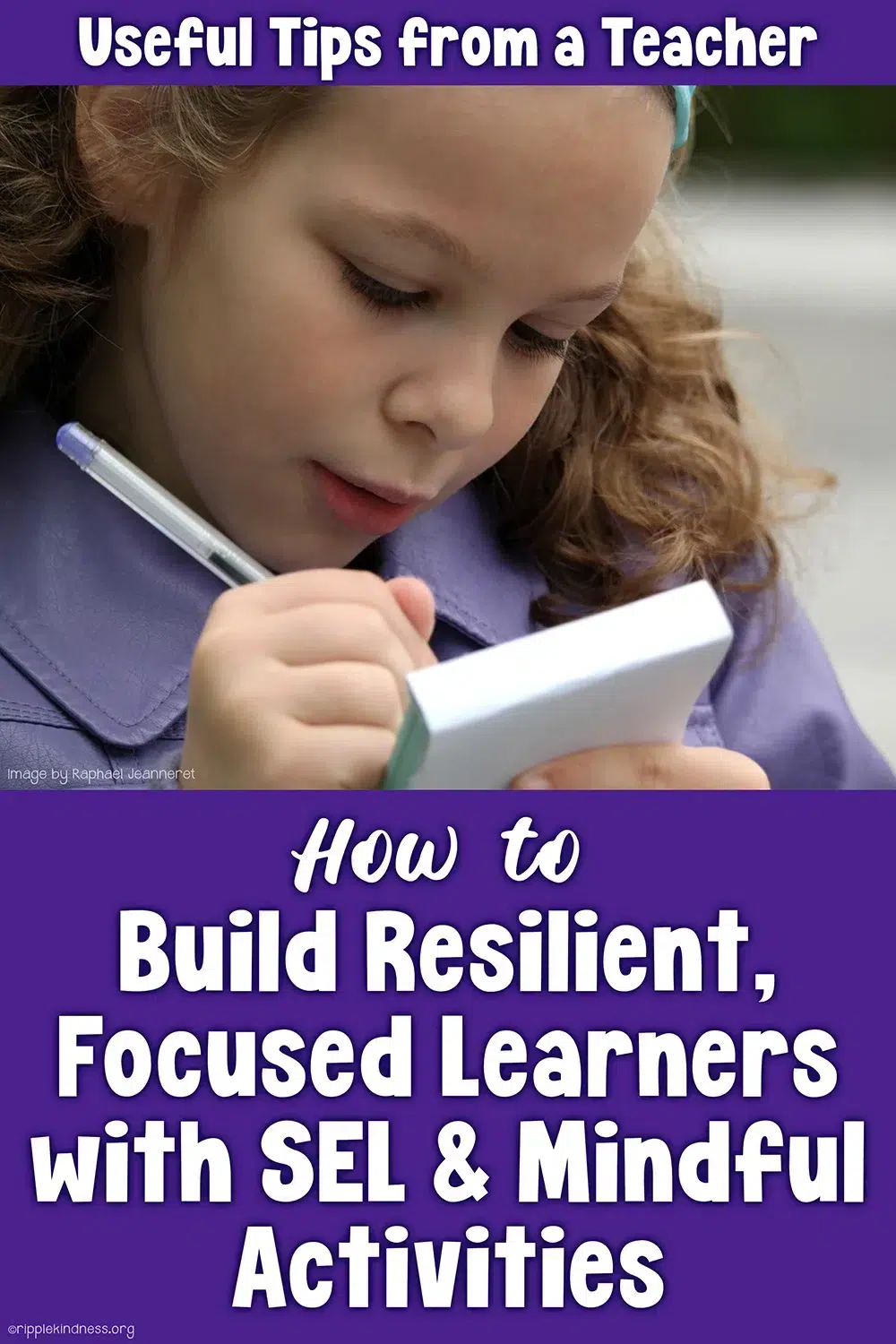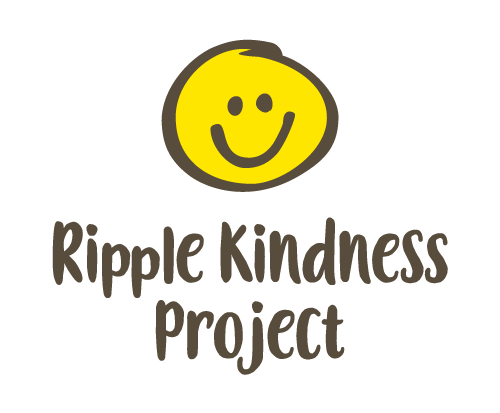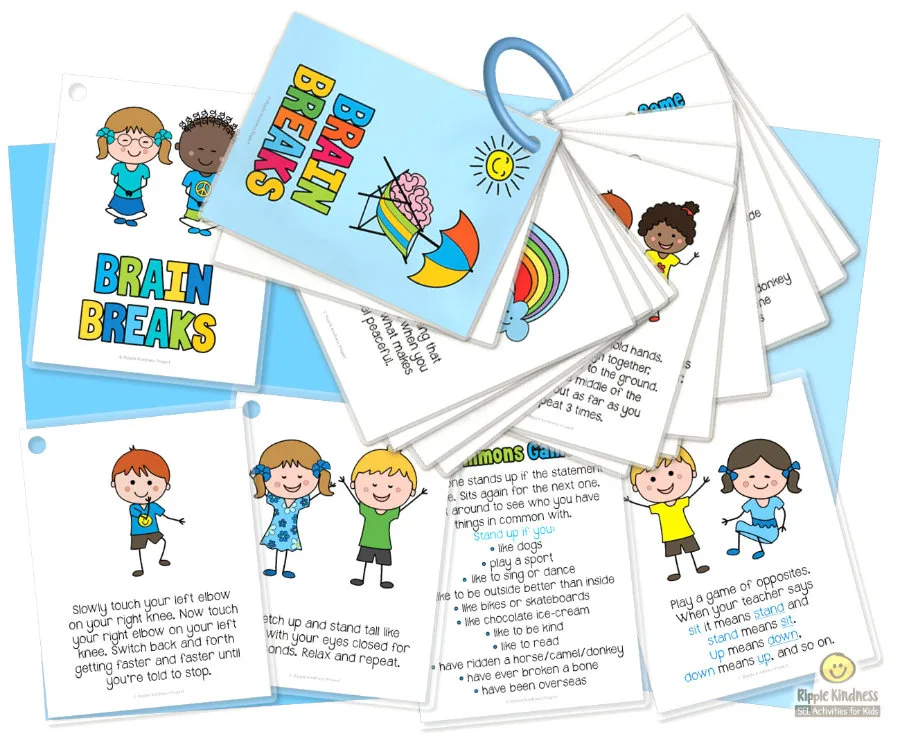How To Build Resilient, Focused Learners with SEL And Mindful Activities
Inside: Simple and effective ways to build resilient, mindful, and focused learners through SEL, brain breaks, and calming classroom strategies. Includes practical tips, real examples, and free mindfulness printables to help students regulate emotions, manage stress, and thrive at school.
As a mother of three teenage daughters and an experienced elementary school teacher, I am deeply concerned about our kids and how resilient they are.
Let me explain. Children today live in a world filled with technology — iPad interaction from birth, social media from pre-teens and access to everything and anything on the Internet from a very young age. Don’t get me wrong, as a teacher I know technology can be an amazing tool for learning. Extraordinary really. What does deeply trouble me, is the negative aspect of child/learner interaction with technology.
More...
I have come back to teaching after four years away. What I found on my return, was many children (dare I say the boys) had a much lower attention span than I had previously experienced in my teaching practice. Where once I had five- and six-year-olds listening and focused for 15 minutes, they were now only engaged for around five minutes. After that period of time, eyes started to roam, feet began to fidget and turning around seemed a more entertaining thing to do!
In a time of technology overload, and on-line and off-line societal pressures, I have come to the conclusion that we need to formally teach our children the following:
In a practical sense, what can we, as educators and parents, do to build resilient and mindful children who can focus and in turn, become mindful, resilient, and focused teenagers and adults?
Teenagers and adults who can survive the enormous pressures placed upon them — especially via social media.
Mindfulness
Resilience
Note: most often a child who is resilient and assertive will be a confident child. With the pressures on teenagers today, confidence is one thing they will definitely need.
In today’s fast-paced world, where technology often overwhelms young minds, it’s more important than ever to build resilient, mindful kids. These essential skills help students manage stress, stay focused, and handle challenges as they move through school and into adulthood.
Pin this image to save these ideas for later

You May Also Like...

AUTHOR: Jayneen Sanders
Jayneen, (aka Jay Dale) is a teacher, author, mother of three daughters and an active advocate for sexual abuse prevention education both in the home and in schools.
Visit her website for more information on this topic, and to find out more about Jay’s children's books, like ’No Means No!’, 'Some Secrets Should Never Be Kept’ and ‘You, Me and Empathy’.
Other Books by Jayneen Sanders
 Resilience: Encourage resilience, persistence, and to help children bounce back from challenges and adversity
Resilience: Encourage resilience, persistence, and to help children bounce back from challenges and adversity  Talking About Feelings: Assist adults in helping children unpack, understand and manage their feelings and emotions
Talking About Feelings: Assist adults in helping children unpack, understand and manage their feelings and emotions  Included: A book for all children about inclusion, diversity, disability, equality and empathy
Included: A book for all children about inclusion, diversity, disability, equality and empathy $15.95
$14.87 How Big Are Your Worries Little Bear?: Help children manage and overcome anxiety, stress and fearful situations
How Big Are Your Worries Little Bear?: Help children manage and overcome anxiety, stress and fearful situations $10.95
$8.50 Be the Difference: 40+ ideas for kids to create positive change using empathy, kindness, equality and environmental awareness
Be the Difference: 40+ ideas for kids to create positive change using empathy, kindness, equality and environmental awareness $10.95
$6.97 The Not-So-Perfect Princess and the Not-So-Dreadful Dragon: a fairy tale about empathy, kindness, diversity, equality, friendship & challenging gender stereotypes
The Not-So-Perfect Princess and the Not-So-Dreadful Dragon: a fairy tale about empathy, kindness, diversity, equality, friendship & challenging gender stereotypes  Some Secrets Should Never Be Kept: Protect children from unsafe touch by teaching them to always speak up
Some Secrets Should Never Be Kept: Protect children from unsafe touch by teaching them to always speak up







